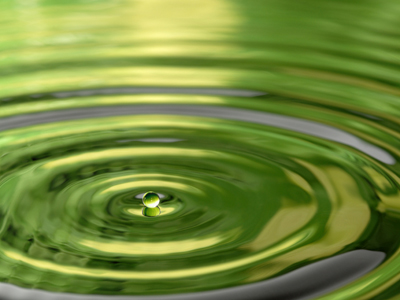
Chemistry - Covalent Bonding (AQA)
To do well in GCSE Science students should have a good understanding of the fundamental ideas in chemistry. This is the fourth of six quizzes aimed at reinforcing these ideas and it focusses on covalent bonding of atoms in compounds (molecules).
When elements react, atoms of each element join with atoms of other elements to form compounds. The atoms are held together by chemical bonds which can be either ionic or covalent. This quiz is all about covalent bonding. The three covalently bonded compounds that you need to know about in order to pass your exams are water, carbon dioxide and chlorine gas.
Ready for more?
not all...
quizzers. Try to win a coveted spot on our Hall of Fame Page.







